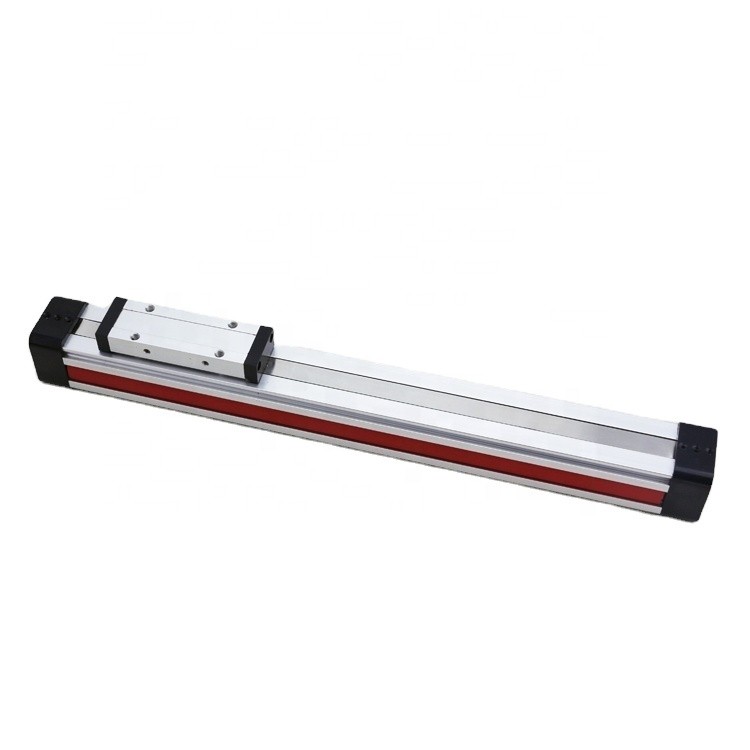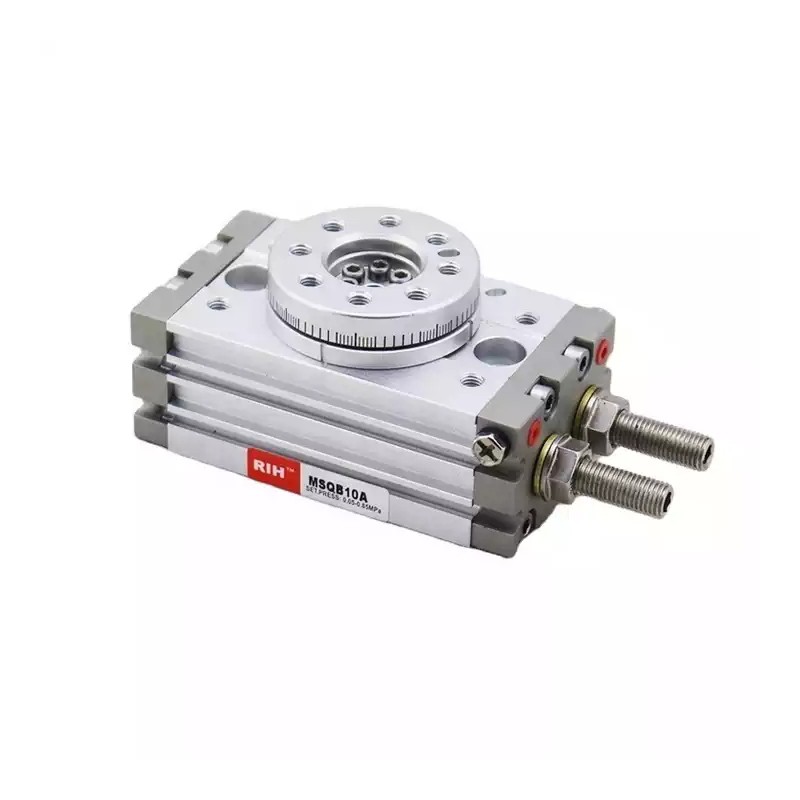Pneumatic Cylinder Suppliers
Pneumatic Cylinder Suppliers-Leading Pneumatic Cylinders Manufacturers and Suppliers
Established in 2003, RIH is a leading pneumatic cylinder suppliers. Our cylinders offer many advantages, including advanced performance, superior durability, easy installation, and cost effectiveness. They have been consistently proven to be efficient and reliable. We have always taken pride in providing high-quality products and services to customers worldwide. We strive to keep up with the demands of the market and provide innovative solutions that exceed customer expectations.
Here at RIH, we are a high quality pneumatic cylinder supplier, we can provide you with high quality pneumatic cylinder in the market, and we can provide you with professional cylinder solutions, please contact rita@rihpneumatic.com to get customized solutions.

Where to buy pneumatic cylinders?
Finding a good pneumatic cylinder supplier can be challenging. It’s important to do your research and consider a few key factors when evaluating potential suppliers. First, look for a company with a long track record in the industry – ideally one with at least five years of experience. Second, find a supplier that uses high-quality materials, such as our own RIH pneumatic cylinders, to ensure a long-lasting and reliable product. Third, confirm that the supplier provides good warranties and support services. Finally, ask for references or testimonials from other customers to verify the quality of the supplier’s products. By evaluating potential suppliers based on these criteria, you can rest assured that you’ll be finding the best pneumatic cylinder supplier for your needs.

Pneumatic Cylinder From RIH
As a high-quality pneumatic cylinder manufacturer, RIH provides pneumatic cylinder with a very competitive price in the market, and our expert team is very willing to provide customers with any OEM or ODM services.

Why choose rih pneumatic? What can we do for you?
- Founded in 2003 and experienced in the field of producing pneumatic products for 20+ years.
- We have large capacity, over 30000 pcs/month.
- Management system certification : ISO9001,CE
- We have 200+ technical experts for researching and developing.
- Sales network expands from domestic sales to all over the world.
Custom Pneumatic Cylinders
-
Needs Assessment: The first step is akin to a detailed fitting session. What are the specific needs of your application? Pressure requirements? Stroke length?
-
Engineering Consultation: Expert engineers then dive into your requirements, sketching the outlines of a cylinder that meets your exact needs.
-
Prototyping: Before full-scale production, a prototype is created for real-world testing. Consider this the first fitting of your bespoke mechanical attire.
-
Production: Once the prototype is approved, full-scale production begins, with rigorous quality checks at each stage.
How does a basic pneumatic cylinder work?
Act 1: Compressed Air Entry: Compressed air enters through one of the ports, filling the chamber and setting the stage for our lead actor, the piston.
Act 2: The Piston Moves: With the pressure mounting—literally—the piston begins to move. This linear movement is the core of the pneumatic cylinder's function.
Act 3: Work Gets Done: The piston rod, being the accomplished director it is, translates this linear movement into mechanical action. Whether it's lifting a heavy object or pushing a lever, it's showtime!
Act 4: The Exit: Once the piston reaches the end of its journey, it's time for a graceful exit. The compressed air is vented out through the second port, allowing the piston to retract and prepare for its next performance.
Encore: The process can then be reversed by changing the port through which the compressed air flows, allowing for bidirectional movement of the piston.
ISO Standards for Pneumatic Cylinders
ISO 6431: The Godfather of pneumatic cylinder standards. This standard outlines the requirements for cylinder dimensions and performance. You can consider it the blueprint for constructing a top-notch pneumatic cylinder.
ISO 15552: Once known as ISO 6431, it has now come of age with more detailed performance requirements and specifications for accessories. If ISO 6431 is the basic storyline, ISO 15552 is the rich backstory.
ISO 21287: Designed for compact pneumatic cylinders, this standard lays down guidelines for cylinders with shorter strokes and lower profiles. Think of it as the standard for the character actors who shine in supporting roles.
ISO 6020-2: Specific to hydraulic cylinders but often referred to for its rigorous specifications, this standard plays an interesting crossover role in the pneumatic cylinder industry.
Pneumatic cylinder maintenance
However, when it comes to pneumatic cylinders, maintenance is less an afterthought and more a standing ovation. Proper upkeep not only extends the life of your pneumatic cylinders but also ensures that they perform at their peak.
Act One: Regular Inspection
- Periodic Checks
Conduct regular visual inspections for any visible signs of wear, corrosion, or damage. Much like a rehearsal, this helps identify any potential issues before the big show.
- Seal Integrity
Inspect the seals for any signs of wear or leakage. After all, even the smallest leak can lead to a major performance hiccup.
Act Two: Lubrication & Cleaning
- Optimal Lubrication
Lubrication is to machinery what tuning is to an instrument. Utilize the right kind of lubricant as per manufacturer guidelines.
- Cylinder Barrel Cleaning
A dirty barrel can ruin the piston's performance. Clean the cylinder barrel regularly to ensure the piston glides as smoothly as a well-practiced dance routine.
Act Three: Parts Replacement & Upgrades
- Replacing Seals
If you notice any sign of wear or leakage, replace the seals promptly. Don't wait for a malfunction to steal the spotlight.
- Updating Old Parts
Modernizing old parts can be a cost-effective way to improve performance. It's like updating the script but keeping the classic storyline intact.
Act Four: Documentation & Records
- Maintain Logs
Maintaining a comprehensive log of maintenance activities can be invaluable for troubleshooting. Think of this as your script for ensuring a flawless performance.
Monitor Metrics
Keep track of pressure levels, actuation speeds, and other performance metrics. The numbers don't lie; they provide valuable insights into the health of your pneumatic cylinders.

